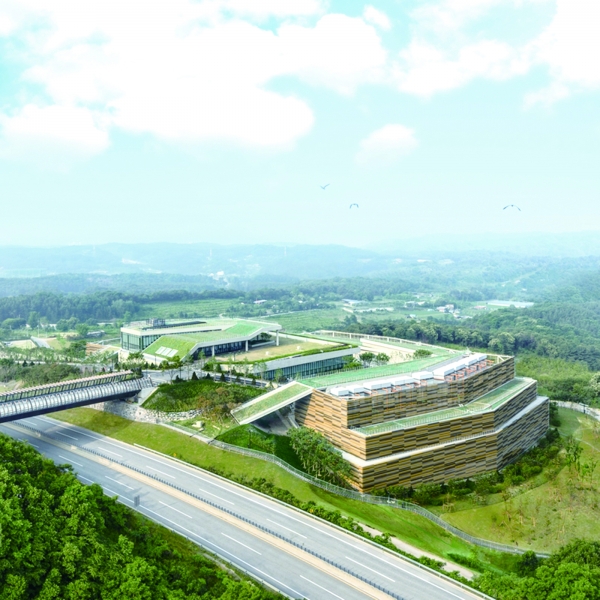
Over the past few years, more people consume online content as a multitude of online services from email to streaming appeared. These commodities do not accompany physical consumption just as buying normal goods, so people use them without any inconvenience and online-based activity gradually rises.
However, carbon emissions occur as much as using actual goods although it is invisible. Most Internet services are processed in data centers, which are like factories that make products. Of course, it consumes energy like a normal factory, but the amount is rapidly increasing these days. In particular, due to heat and power consumption from data centers, carbon emissions are as severe as those of airplanes.
These days, efforts to reduce carbon emissions are urged by various groups using online services, from individuals to IT companies, and even the term “digital carbon footprint” has appeared.
The main factor of digital carbon footprint is the data centers. This is because it has to process numerous data, which causes heat and power consumption by the server. Energies are also required during the process from the data center to the smartphones in our hands. As a result, carbons are emitted and it accelerates environmental problems. According to the Ministry of Environment, digital services accounted for only 3% of total carbon emissions before COVID-19, but it is estimated to exceed 14% by 2040.
The mining of cryptocurrency, as a representative example, contributed to carbon footprint, absorbing more power than Austria's annual electricity consumption in 2020. More than half of electricity comes from fossil fuels, and experts said that environmental pollution is inevitable even if renewable energy usage is increased.
Another example is the development of artificial intelligence (AI) in various fields. In the case of the autonomous car which utilizes AI, it uses multiple electronic equipment and conducts enormous computation. If the rise of autonomous cars continues, their total computation would exceed the data center and it means more carbon footprints would be left. In addition, there are many individual factors like unsorted spam mailboxes or excessive use of electronic devices and services.
In order to respond to these problems, IT companies have started to take action. Kakao designed their first data center to be completed this year in Ansan with eco-friendly technologies. They expected that it would reduce carbon emissions by 14%. Naver’s data center uses the topographic structure to allow airy flow, reducing cooling power. As such, corporations try to decrease the digital carbon footprint in accordance with concerns about carbon emissions.
Above all, since individuals are the main agent of online service consumption, people’s efforts are also required. A lot of institutions have recommended deleting spam mail, which occupies the server and feeds on lots of energy. On March 3, LG U+ announced that they held a “carbon-neutral challenge” as a social contribution activity.
Like this, regardless of individuals and companies, they are stepping up efforts to reduce digital carbon emissions. Experts from around the world are also emphasizing the need to establish appropriate carbon reduction measures according to the growing demand for online services.


